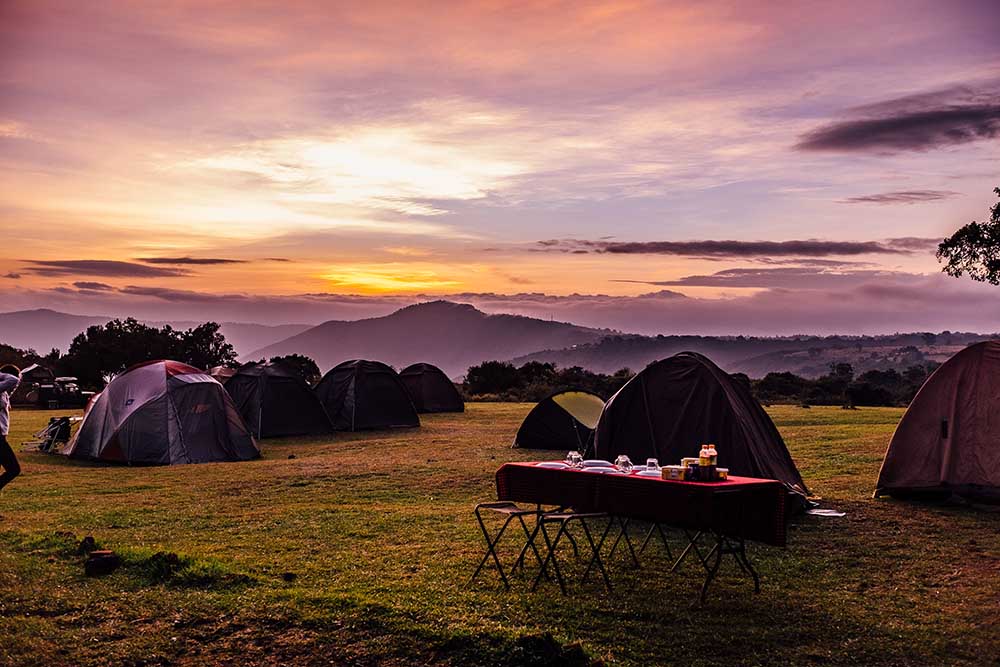Lake Manyara, Ngorongoro Crater
Day 1
Drive to Lake Manyara for game drive with picnic lunch. Dinner and overnight at lodge or campsite.
Lake Manyara National Park is situated amidst the Great Rift Valley escarpment to the East and the lake Manyara to the West. This park is a natural habitat for a wide range of wildlife, including baboons, elephants, zebras, hippos, flamingos, giraffes, various primates, and several types of antelope. The elusive tree climbing lions add to the excitement and thrill of a safari in this park. Additionally, Lake Manyara is renowned for its lush vegetation, more than 400 bird species, and a large alkaline lake that serves as the seasonal breeding ground for numerous colonies of flamingos.
The park’s diverse habitats provide a home to a variety of wildlife, including different species of mammals, reptiles, and birds. A major attraction of the park is the 400m canopy walk, which commences with a short board-walk and gradually ascends from ground level through the Manyara forest.
Day 2
After breakfast, we’ll proceed to Ngorongoro Crater.
Ngorongoro Conservation Area, which boasts the Ngorongoro Crater as its crown jewel, is a wildlife area of exceptional features. The crater itself is home to 30,000 animals and is the only place in Africa where one can almost certainly see the Big 5.
Additionally, Ngorongoro is one of the few places where the endangered African black rhino can be observed. As this area is not an official national park, the Maasai people reside here without any boundaries, and visitors have the opportunity to encounter them in their natural habitat.
At the crater floor, visitors can also witness large groups of lions, while at Lake Magadi, they can observe big herds of water buffalos and hippos in their own pool while enjoying a picnic lunch. The bird life is also impressive, with over 500 species recorded, including thousands of greater and lesser flamingos, sandpipers, storks, and vultures. Return to Moshi, where this safari ends.













